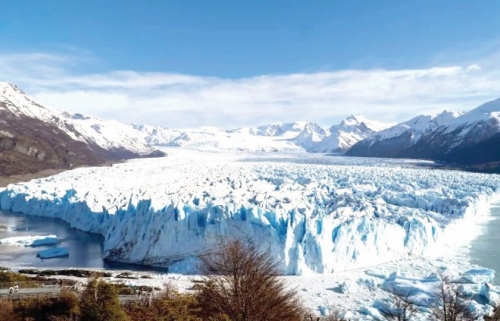Study reveals how Earth’s orbit controls ice ages
AFP | Paris
Email : editor@newsofbahrain.com
The Earth’s next ice age is expected to begin in about 11,000 years -- unless human-caused global warming disrupts natural cycles.
That’s according to a new study published Thursday in Science, which analyzed how subtle shifts in Earth’s orbit around the Sun have historically triggered massive climate changes.
A research team examined a million-year record of climate change, focusing on land-based ice sheets across the Northern Hemisphere and deep ocean temperatures. They then paired this data with small but cyclical variations in Earth’s orbital patterns.
“For many years, the difficulty in answering how small changes in Earth’s orbit around the Sun translate to large shifts between glacial and interglacial states has been a central theme in paleoclimate research,” lead author Stephen Barker, a professor at Cardiff University, said.
Earth has long alternated between ice ages and warmer interglacial periods, with the last glaciation ending approximately 11,700 years ago. This transition marked the beginning of the Holocene epoch, an era of relative climate stability that enabled early human societies to shift from nomadic hunting and gathering to settled agriculture.
Scientists have long recognized a connection between Earth’s orbit and ice ages. However, due to challenges in accurately dating climate changes that occurred so far in the past, they struggled to pinpoint which orbital parameters were responsible for starting and ending these glacial cycles.
According to Barker, the key breakthrough came from analyzing the “shape” of the ancient climate record -- the curves showing how temperatures rose and fell over time -- rather than just the timing of ice age transitions.
Related Posts

